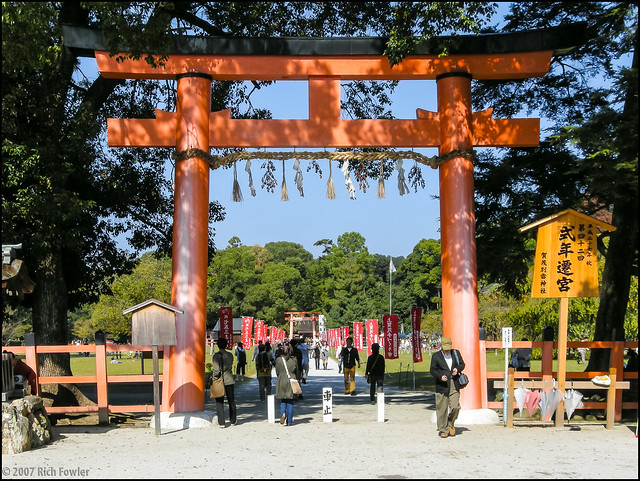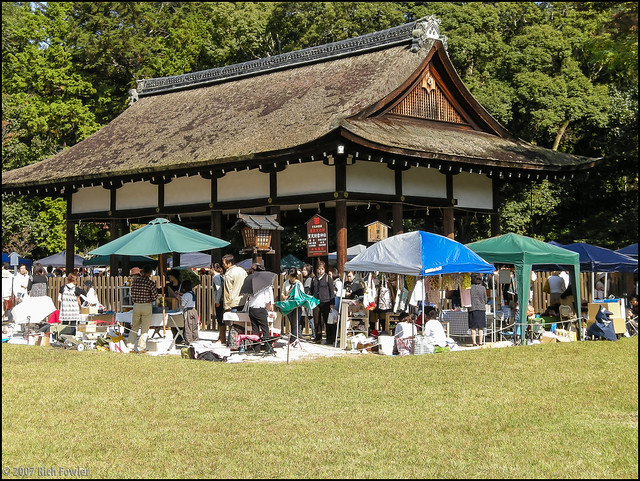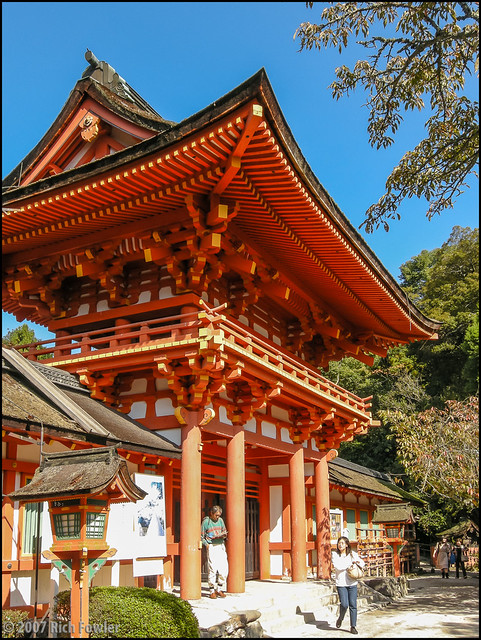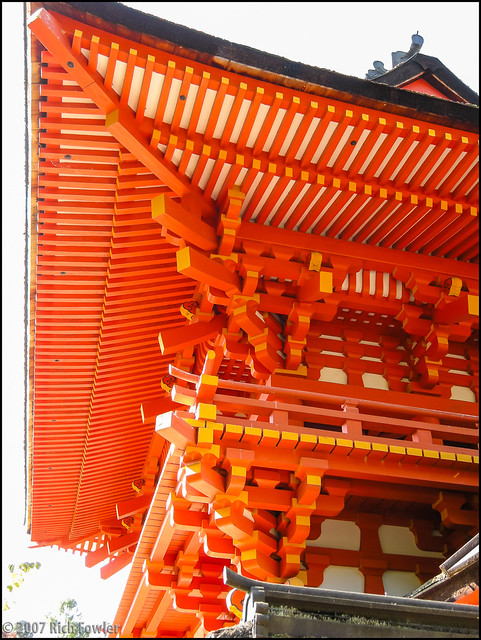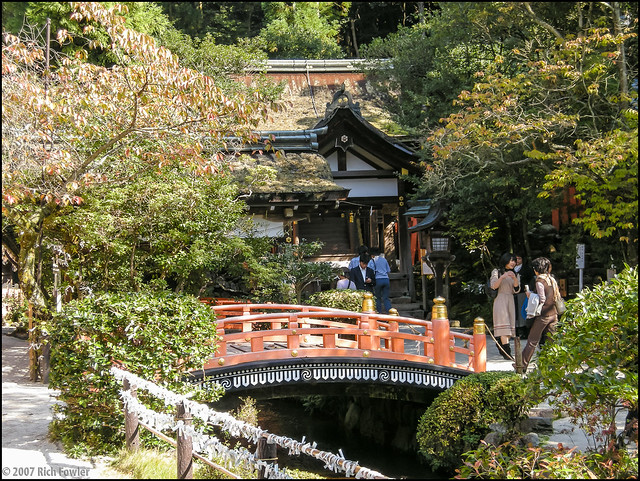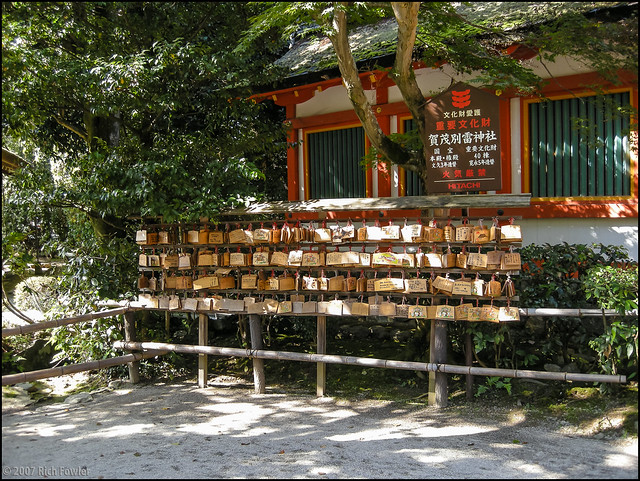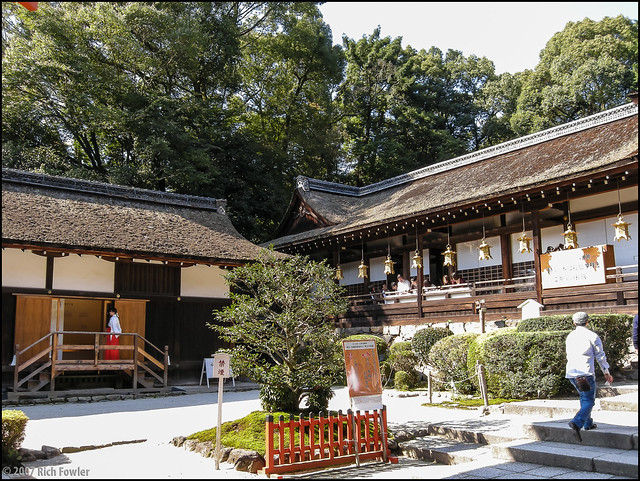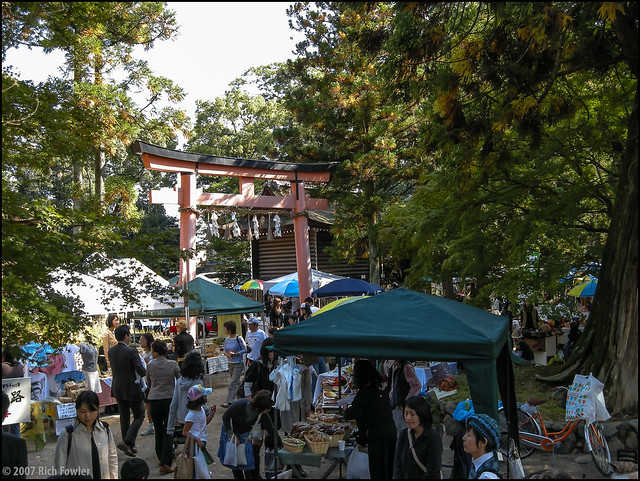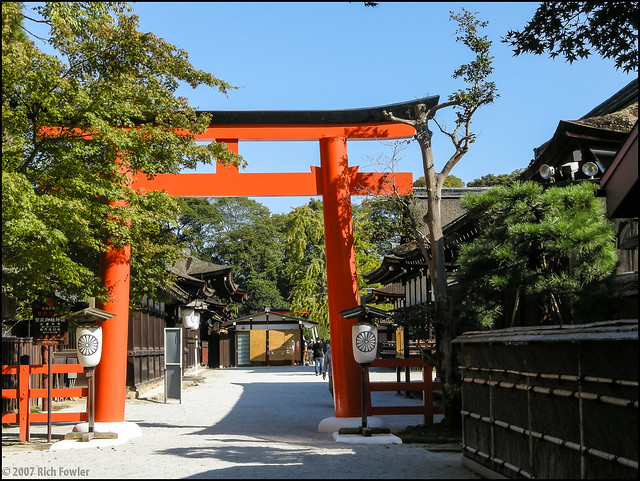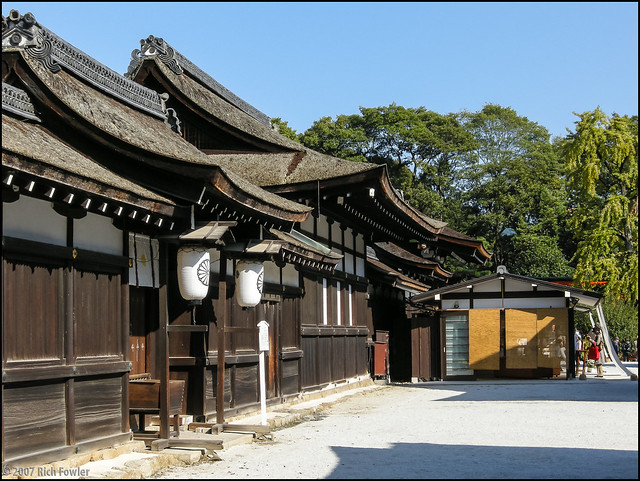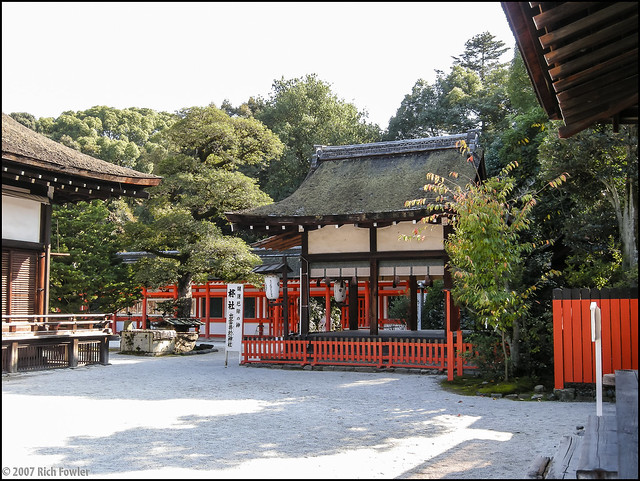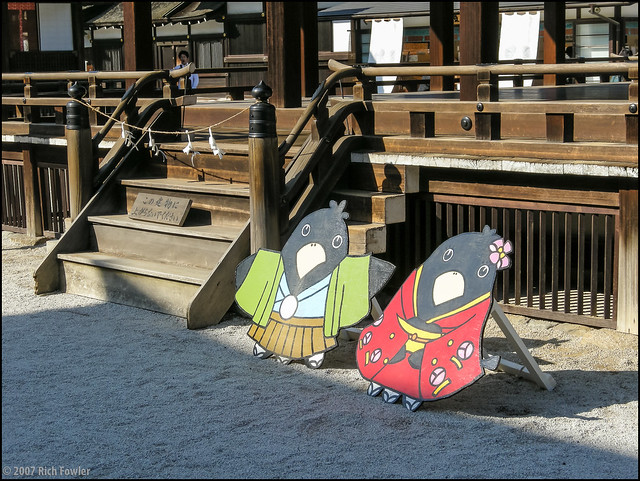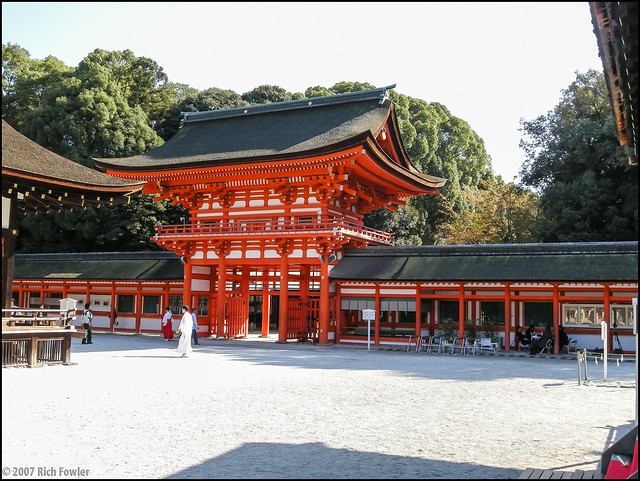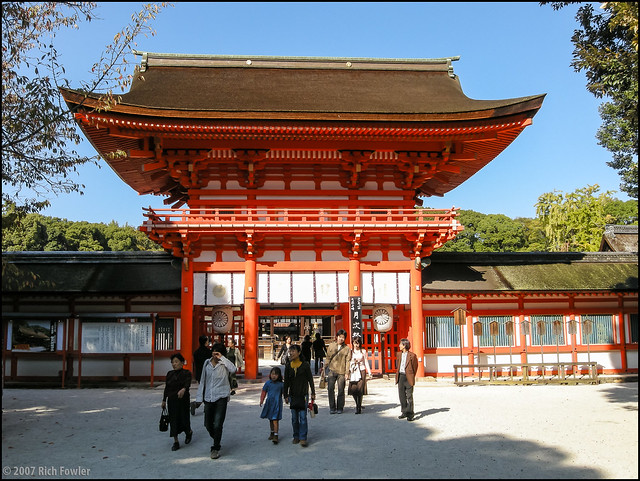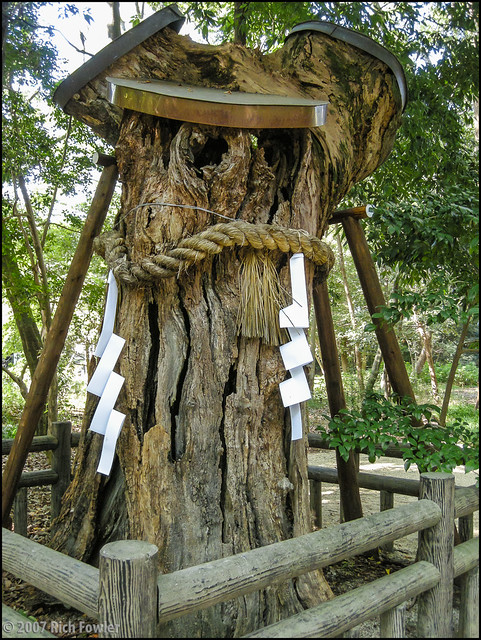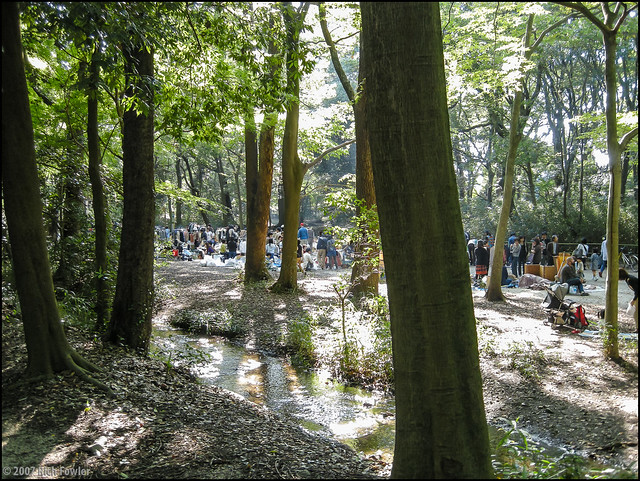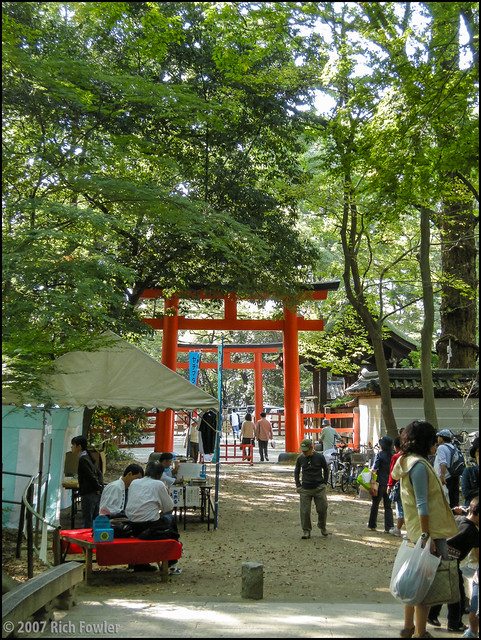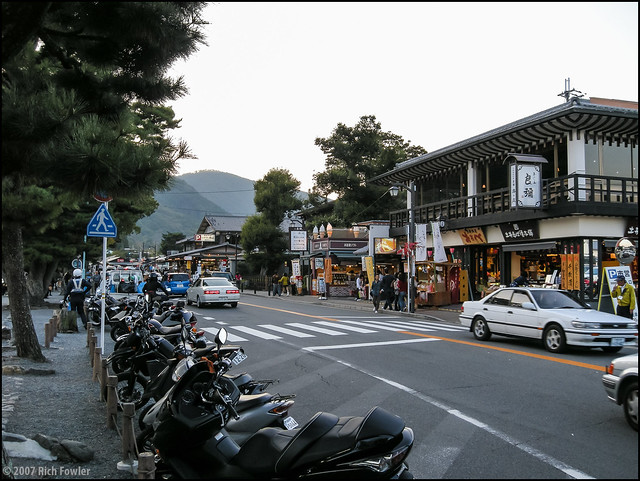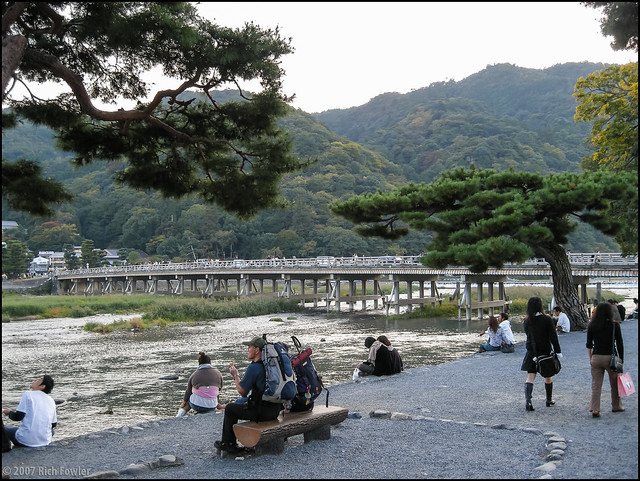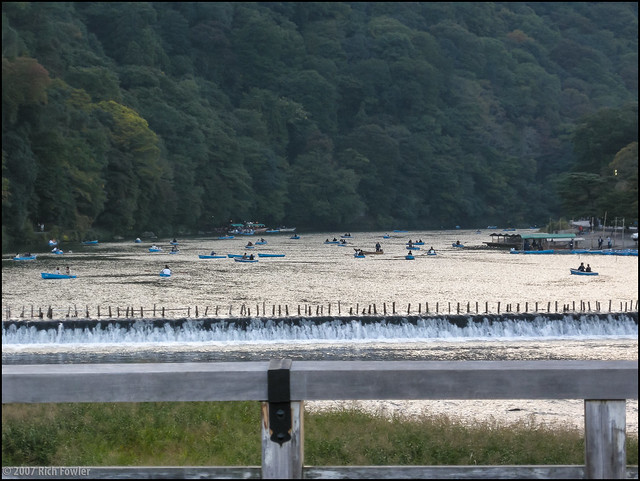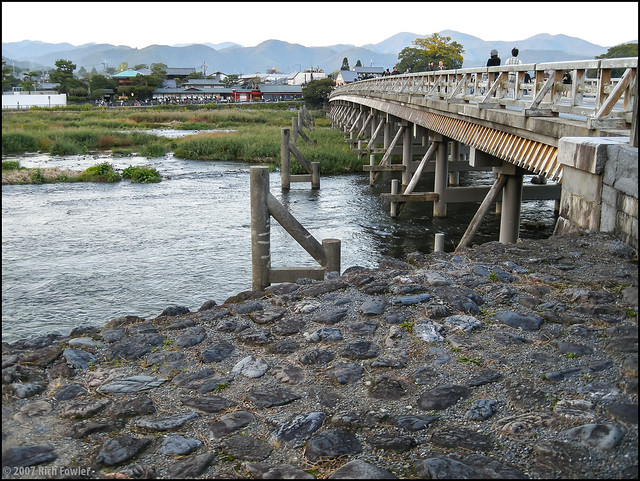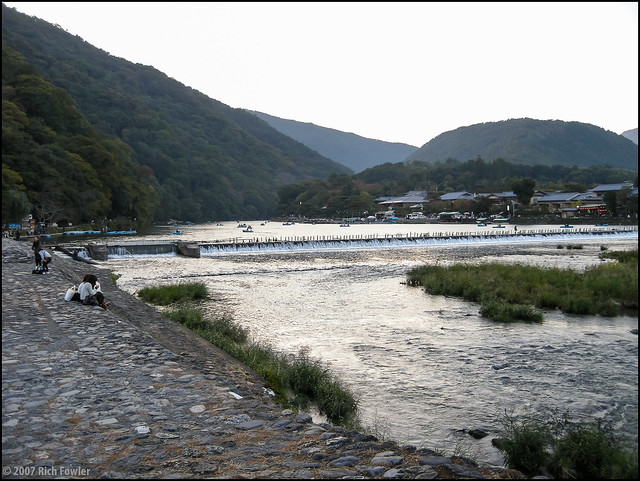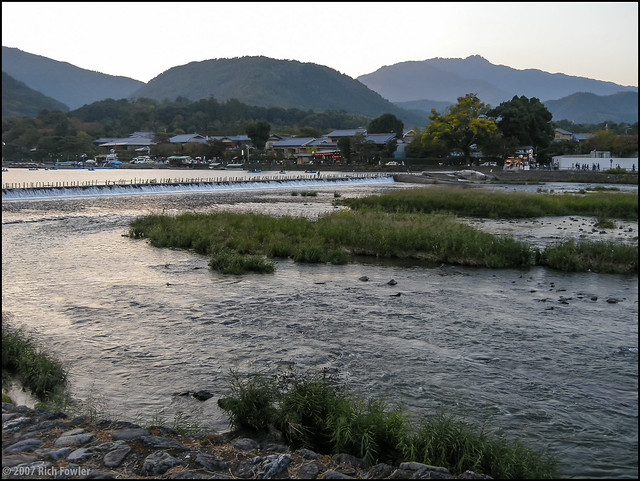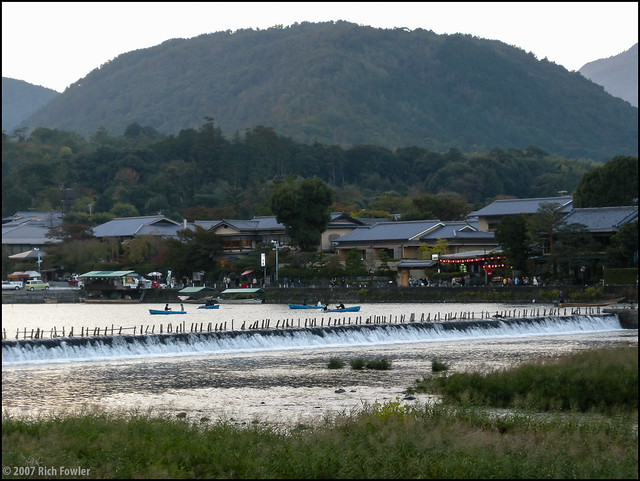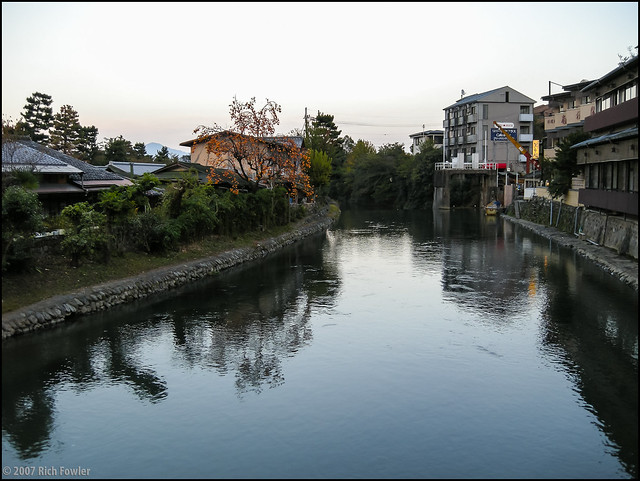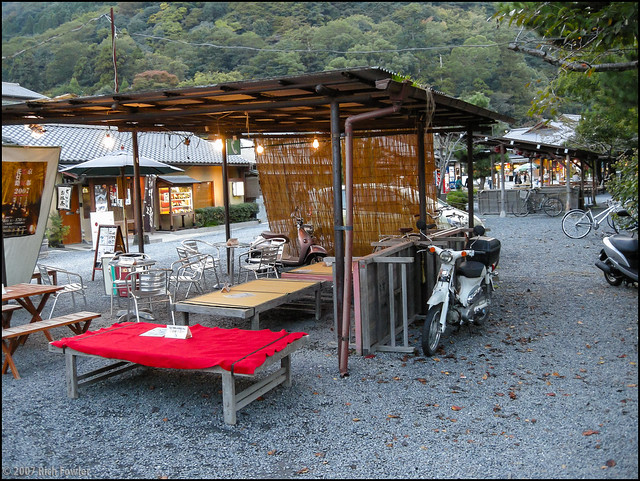I’ve mentioned buses in Japan before, but I thought I would mention them again to give them a little special attention. In order to get to some out-of-the-way places, you will need to ride buses. They can be the most intimidating of the various forms of mass transit, because they can be a bit confusing, and because many don’t have a whole lot of English support.
Here’s what you need to know.
In most places that aren’t Tokyo, you enter in the middle of the bus. But not always.
Look for these two guys: å…¥å£ . That means entrance (iriguchi.) It’s the character for “enter,” followed by the character for “mouth.” Handy, huh? So it’s the mouth of the bus you go through to enter.
Don’t enter through the door marked å‡ºå£ (deguchi), because that’s the exit.
After you enter, you will need to do one of a few things:
- Pull a paper ticket with a number on it from a little machine. This is the stop number where you got on the bus. You’ll need this to figure out your fare later. If you walk in without doing it, the driver will tell you to pick one up. (That’s why he’s talking to you! Get a ticket!) OR
- Tap your electronic fare card if you have one. This is much easier, but isn’t available everywhere. OR
- Insert your pass if you have a day pass or a multi-day pass. OR
- Pay a fixed amount there.
The first bus you ride in a town will be a bit confusing, but once you figure out the drill, you’ll be fine. Just get a few steps back in line and watch what the others are doing. (They already know how it works!) Then use your observational data to forge ahead!
While you’re on the bus, you need pay attention. You should either pick up a bus map, or have some other way of knowing what stop you need to get off at.
Look around: you’ll probably see a linear map of the route on the interior of the bus, with the stops marked (usually, but not always) in English. Make a note of the stops before yours, and keep an ear out for them. Of course, this advice does you no good at all if you can’t read the map. In that case, ask the driver, or just ask around.
Just don’t fall asleep.
Assuming you’ve remembered your stop, and you’re about to reach it, if you have a numbered slip of paper, now is the time to look at it, then check your number on the board by the driver’s head. That number is how much you pay in yen. Pay in exact change if at all possible.
What do you do if you don’t have exact change? Well, there’s usually a change machine right in the front of the bus, and it’s part of the whole fare-receiving unit, usually. Fares get dumped in the hopper at the top. You just dump the slip and the money in there, and it goes along a little belt so the driver can see you’ve put in the right amount. Use the change machine to break any 1000 yen notes or 500 yen or 100 yen coins.
Just don’t drop a 500 yen coin in the hopper and expect to get change. You won’t. Once it’s in the hopper, it’s in the hopper.
Ask the driver which bit is the change machine before you start putting money into things. Sometimes the driver is the change machine.
And try to ask a lot of questions before you get on the bus to make sure you know where you’re going, and which buses you need.
A little research will make it a lot easier.
